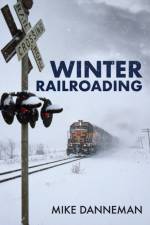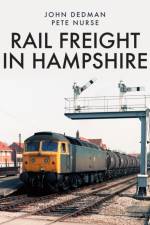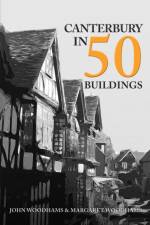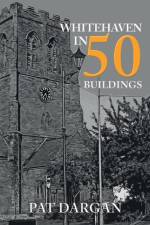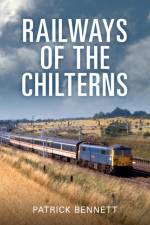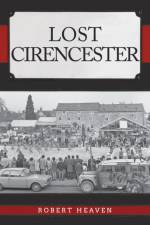av Gilly Pickup
211
Assorted strange phenomena abound in Scotland - witches, wizards, fairies, sea monsters, yeti-type creatures, UFOs and a plethora of female spirits called glastigs and caoineags who appear in various forms. There are bewitching grey, white and green ladies, naughty poltergeists, unwanted love children, kilted bagpipers, bloodstained clansmen and abstract, floating columns of light. Alongside everyday 'spooks' are ethereal drummers, phantom vehicles, spectral dogs and horses and a ghost with a marvellous sense of humour who revisited this world disguised as a bouncing cannonball. The Big Grey Man of Ben MacDhui, the A75 Ghost Road, haunted Inveraray Jail, the Phantom of Melrose Abbey, and the ghostly Montrose aviator are well known but a myriad other phantoms reside among the ruins of draughty old castles or haunt battlefields, mountains, roads, barracks, beaches, railway lines, aerodromes, theatres, shops, houses, caves, standing stones, churches and factories and dozens stay in hotels and pubs all over the country. Maybe this surplus of spooky goings-on is triggered by the country's long and bloody history, or maybe it's down to the hauntingly bleak moorlands, craggy mountains and ancient Caledonian forests. Whatever the reason, Scotland is rich in blood-chilling tales and has more ghosts, hauntings and supernatural happenings than any other land on earth.


